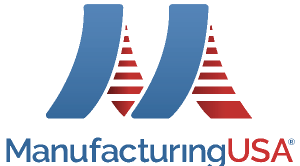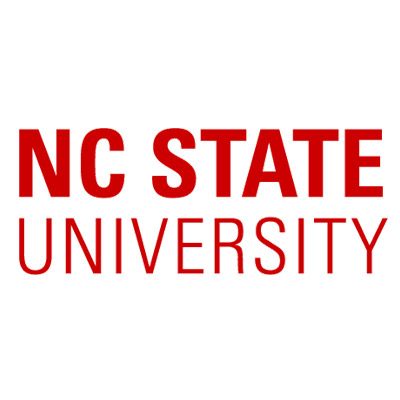

This project seeks to develop a software solution for the integration of additive and subtractive manufacturing and focuses on developing algorithms to determine optimal placement of sacrificial machining fixtures on AM produced parts.
Problem
Nearly all functional additive manufactured (AM) parts require secondary processing that in many cases can more than double the cost of the final part. Hybrid manufacturing systems that incorporate both additive and subtractive processes would enable mechanical parts to be “digitally manufactured” to meet the required final geometric accuracy.
Currently, there is no systematic software driven interface to combine additive and subtractive manufacturing allowances in the original STL file. There is also no integrated AM method for creating the sacrificial CNC chuck and bridging features that are predetermined based on a calculation of the CNC cutting tool forces. Finally, there is no current surface vision feedback system integrated with a CNC machining center for part orientation and validation of surface or feature tolerances.
Objective
The goals of this project were to:
- Develop a software solution for the integration of additive and subtractive manufacturing.
- Improve existing visibility algorithms to determine the number of finishing orientations required when machining.
- Develop extended feasible placement of sacrificial machining fixtures on AM produced parts.
Technical Approach
The technical approach required considerable software “bridging” that could string together multiple existing software and mechanical techniques into a systematic sequence of relatively harmonized work steps. The AM software included the creation of surface allowances for subtractive machining as well as algorithms for optimizing material scaffolding and overall part orientation for subsequent machining. Subtractive machining would utilize sacrificial part features strong enough for cutting paths and integrated surface scanning technology to direct machining and validation operations.
A collaborative team from industry and academia worked together to:
- Develop software architecture and CAD-based models
- Optimize support fixtures
- Incorporate material-based machining strategy
- Integrate scanning and probing
- Provide system validation
Accomplishments
As a result of this project, a Direct Additive and Subtractive Hybrid (DASH) manufacturing system was created using both additive and subtractive processing to create mechanical parts that are “digitally manufactured” to meet the final geometric accuracy required. Three project partners (John Deere, Kennametal, and Advanced Machining) verified the DASH system by producing commercial parts. Functional components were manufactured using the system by first producing a nearnet shaped part with additive technology. This part was then final machined in a 4-axis CNC machining center using automatically generated G codes. Additional accomplishments include:
- Development of data formats to drive both additive and subtractive manufacturing, including dimensions and tolerances
- Development of a system for the automatic addition of machining allowances to critical surfaces
- Development of a system for determining the “best” fixturing axis while accounting for critical surfaces
- Development of a system to generate NC code for the efficient creation of the desired part, given the near-net-shape workpiece
- Validation of the DASH system
- Development of CAD / Additive Manufacturing File (AMF) format interface
Project Participants
Project Principal

Other Project Participants
- Iowa State University
- Advanced Machining
- John Deere
- Productivity Inc.
- Kennametal
- CalRAM
Public Participants
- U.S. Department of DefenseU.S. Department of Defense
- National Science Foundation
- U.S. Department of Energy
